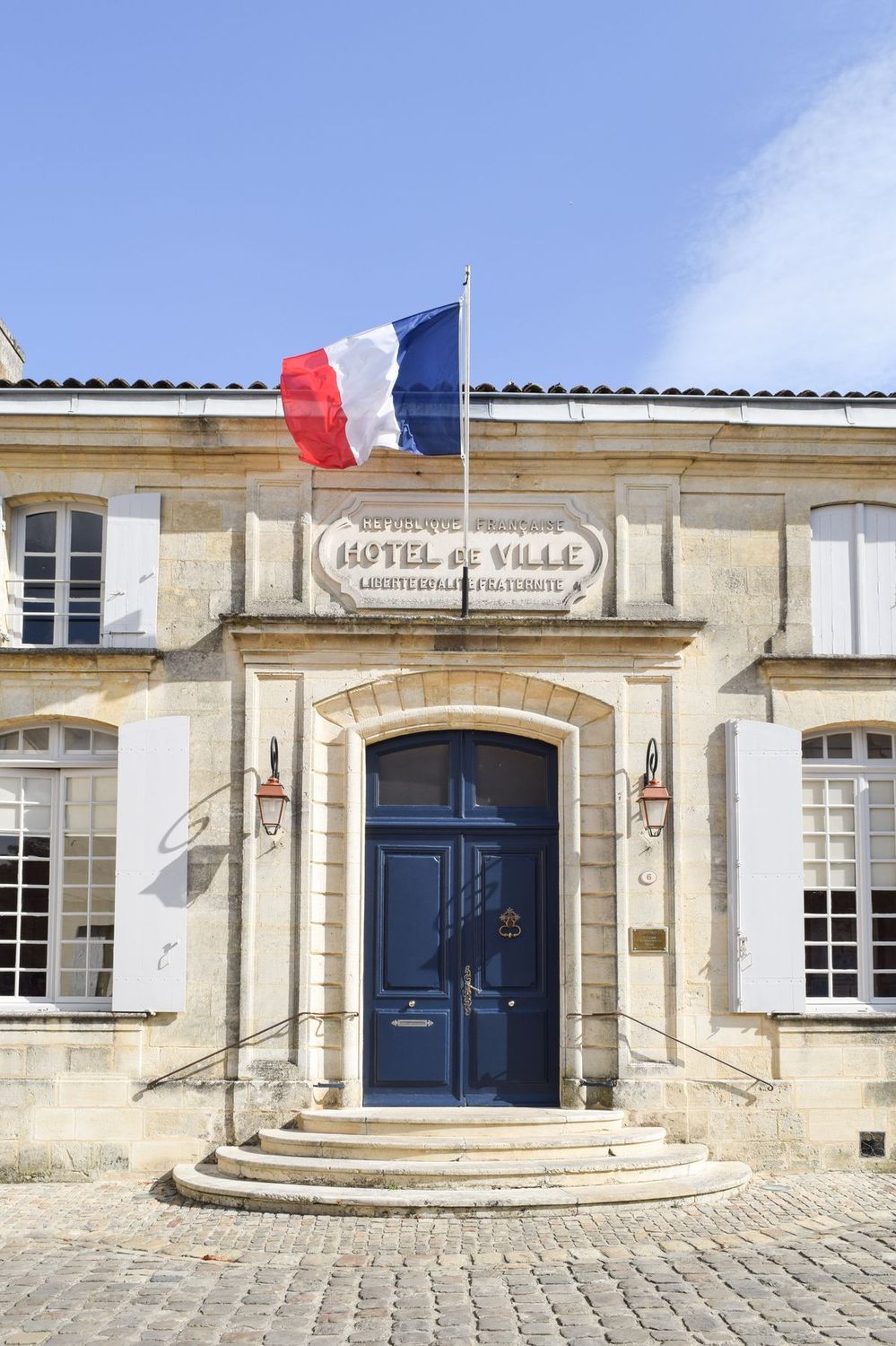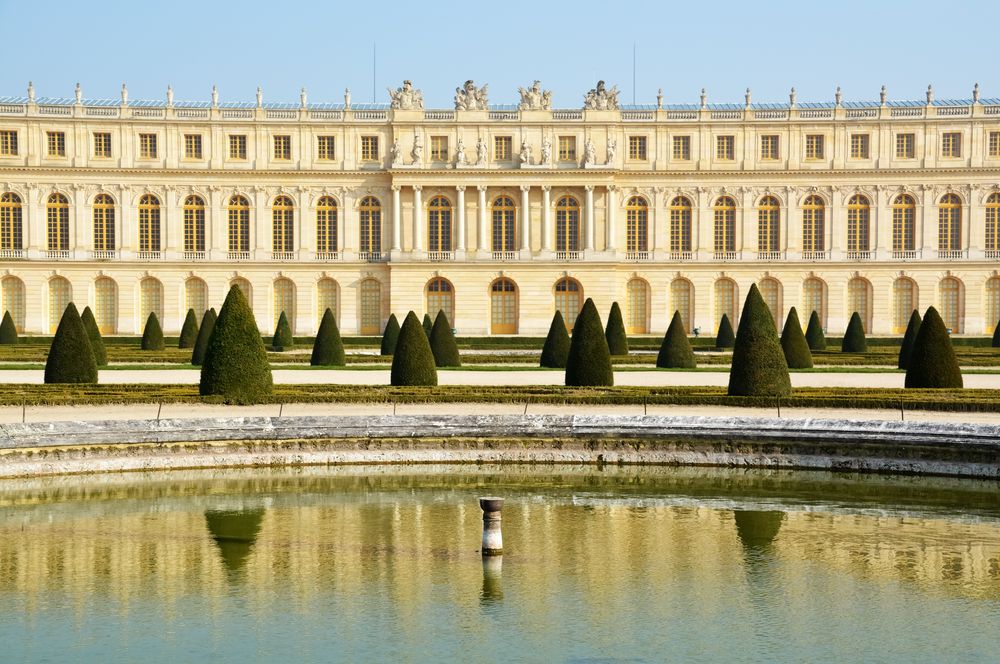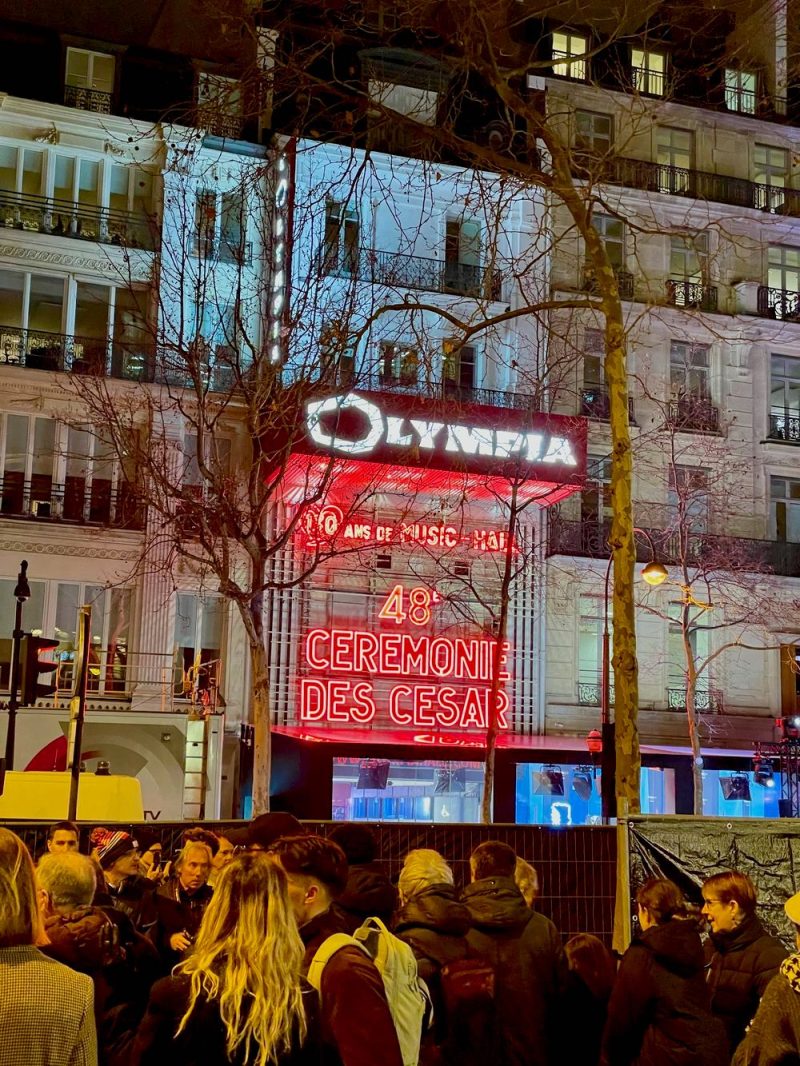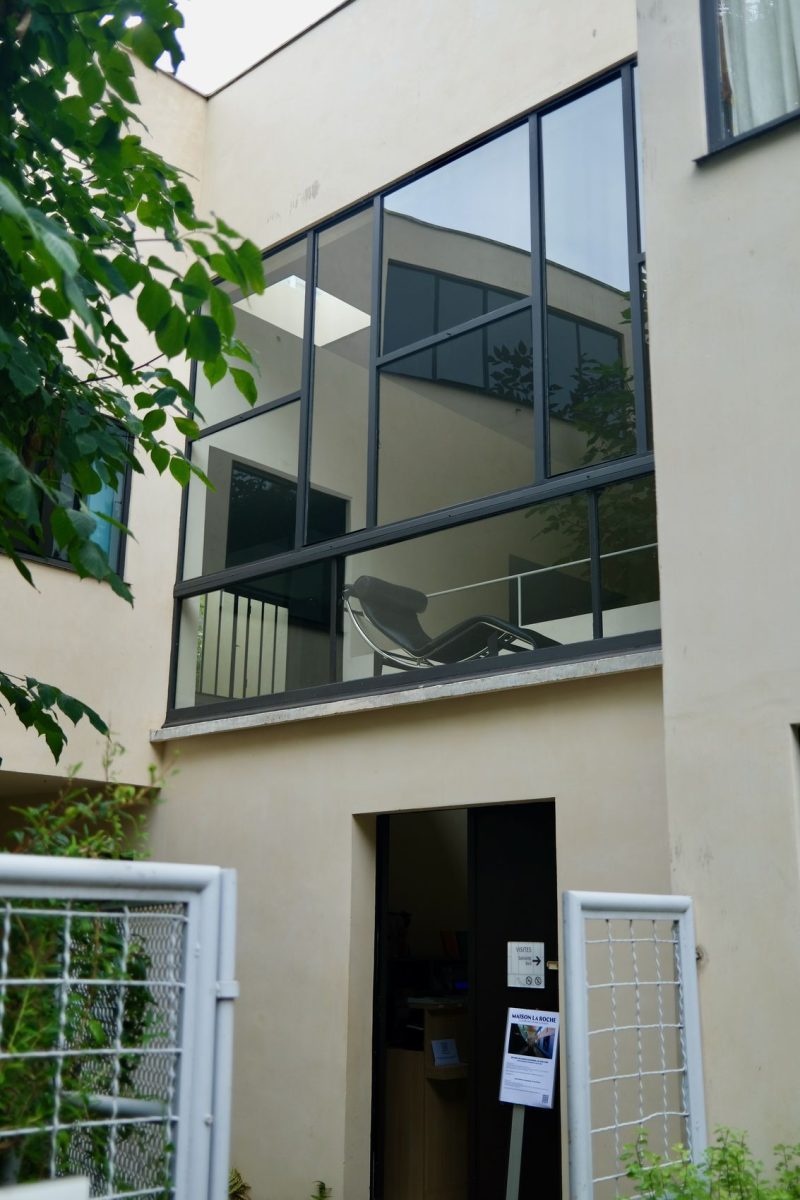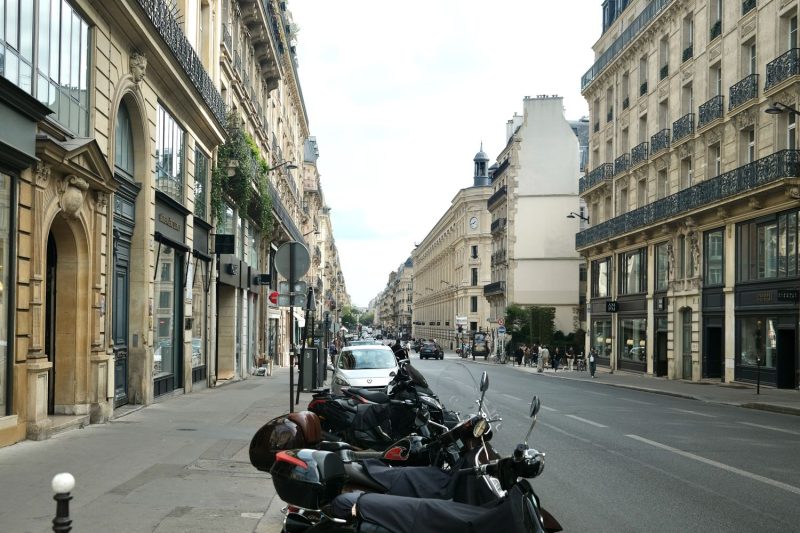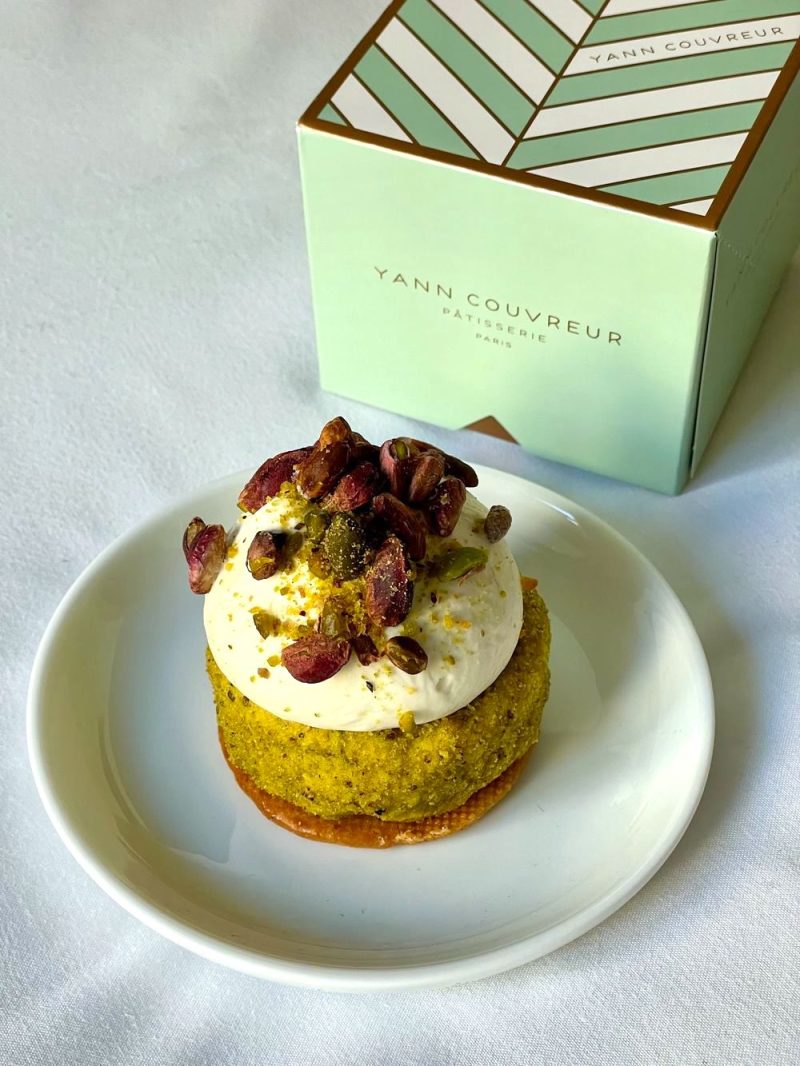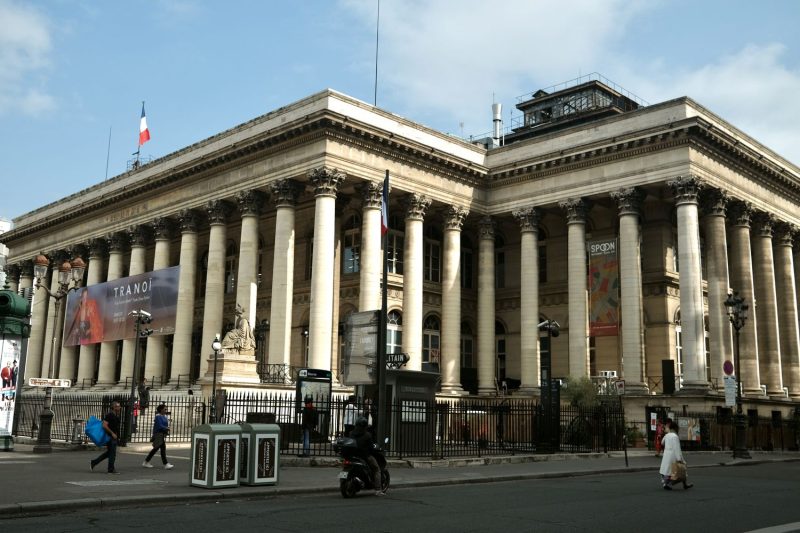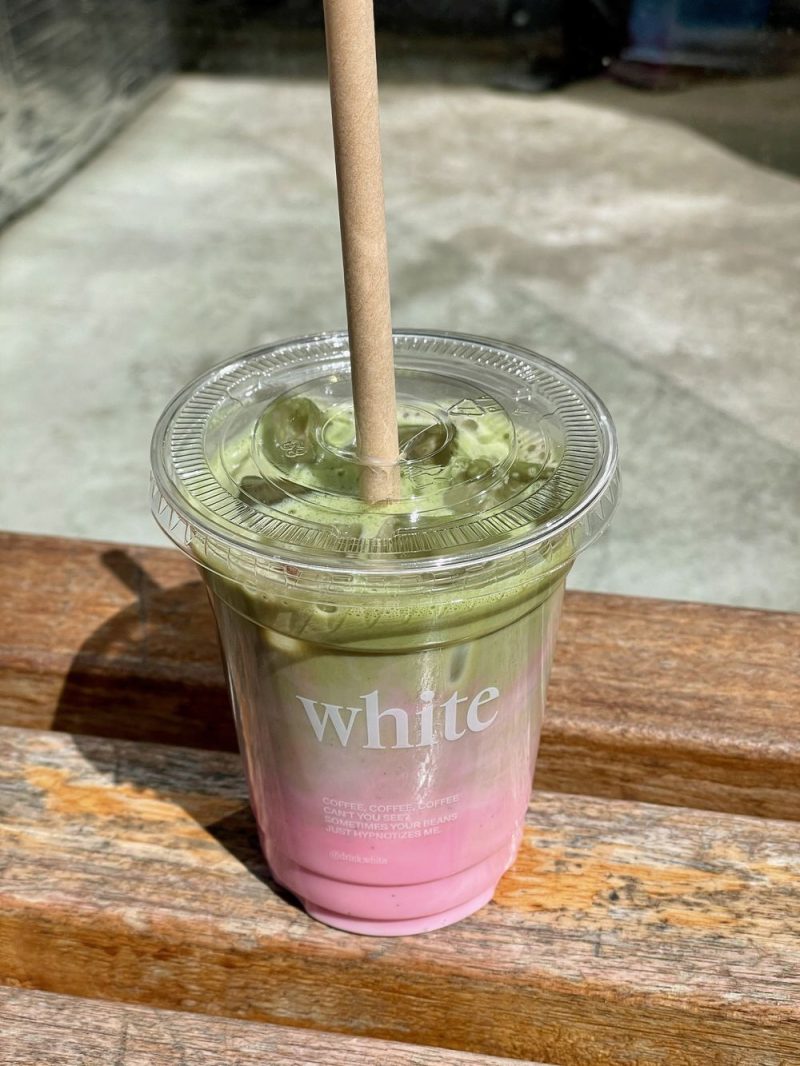France Travel Guide – Places to Go & Sites to See
Culture Travel may earn a commission through links on this website. As an Amazon Associate, we earn from qualifying purchases.
Bienvenue, dear explorers, to the Ultimate France Travel Guide, your comprehensive, in-depth compass to the very heart of Europe’s dazzling crown jewel. This guide will navigate you through the exhilarating tapestry that is France – a breathtaking blend of deep-seated history, vivid culture, world-renowned gastronomy, and landscapes as diverse as they are stunning.
Whether you’re a first-time visitor from the US or an experienced traveler, our guide will illuminate the authentic French experience from the iconic City of Light to the lavender fields of Provence, the storied châteaux of the Loire Valley, and the sun-drenched beaches of the French Riviera.
We’ll decrypt the idiosyncrasies of French etiquette, provide tips for tackling language barriers, savor the country’s culinary scene, and much more. So grab your beret and your adventurous spirit, as we embark on this unforgettable journey to France beyond the postcards.
What to Expect Traveling to France
France is a big country, and it is also a very versatile tourist destination. It is the home of many key historical figures, such as Charlemagne, Napoleon Bonaparte, and Louis XIV.
France has a strong culinary culture and dozens of food traditions; not to mention its wines are among the best in the world! The French countryside is beautiful, from its vast vineyards to the beautiful French Riviera.
When you first get to France, prepare to be overwhelmed! No matter where you go, there is something exciting to be seen. In world-famous historical cities such as Paris and Nice, each step you take has a story to tell.
There are massive monuments that are hard to miss- everyone knows about the Eiffel Tower and the Arc de Triomphe. However, fascinating stories don’t end there; just step onto one of the less crowded side streets, and you will be amazed at the authenticity around you. Many of these passageways are paved in centuries-old cobblestone and house tiny shops and French cafés that will charm you to no end!
French Language
The official language of France is French. While many French people speak English well, it’s good to know some basic phrases in French before visiting the country.
Basic Phrases to Know
Hello – Bonjour
Where is…? – Où est…?
How much is…? – Combien ça coute…?
Currency & Money
The official currency in France is the euro. Right now, 1 US dollar is equal to .92 euros, but this fluctuates daily. The last few years have seen the exchange rate fluctuate around 10% lower and higher. During the pandemic, the value of the dollar dropped to around .82 euros, but since the borders reopened, the value has propped back up!
Scams & Crime in France
As one of the top tourist destinations in the world, unfortunately, France is prone to sophisticated scams targeted at unsuspecting travelers. If someone tries to stop you in Paris, the safest thing to do is keep walking. This may feel rude at first but there are far too many scammers in the city and some criminals might ask you for directions to distract you while their partner attempts to rob you. The best thing to do is not interact with people who approach you on the street.
You should never hang your bag on the back of your chair in Paris, either. Always keep it in your lap while you eat. This goes for whether you are dining inside or outside. I’ve been in the middle of a busy restaurant in Paris before and witnessed a robbery, so it can definitely happen when you least expect it!
Petty crimes happen often on the metro, too, so always keep your bag tightly closed and in front of you while taking the subway. Do not take out your phone on the metro, especially when the doors of the train car are open.
If you’re staying in an Airbnb, take extra precautions to hide your valuables when you go out for the day. Close all the windows. Every day, Parisian apartments are broken into.
What France is Known For
France is primarily known for its gastronomic food, café culture, impressive art, and its laid-back lifestyle.
The Michelin-start system of rating the highest quality restaurants in the world was invented in France. French chefs are considered among the best worldwide. Gastronomy is an integral part of French culture and is appreciated by most members of society.
The Louvre Museum in Paris is the most visited museum globally, and it houses masterpieces such as the Mona Lisa, the Venus de Milo statue, and priceless Delacroix paintings. On top of that, the building is an architectural wonder in itself.
If you don’t like crowds of tourists, don’t worry, as many places in France offer a more relaxed atmosphere. If you prefer a calming vacation, you can book a stay along the luxurious French Riviera, at one of the country’s thermal spring water spas, or in one of the rural French vineyards.
Best Time to Visit France
When is the best time of year to travel to France? Generally speaking, France has a temperate climate, although there are differences throughout its territory depending on the time of year.
The best time to visit France would be the spring when you can admire the region’s lush flowers as they begin to bloom. You might get lucky and experience a few hot days.
Even Claude Monet was inspired by the floral fields that bloomed in the north of France each spring in Giverny, and you should absolutely visit his house in springtime to see what he saw.
The northwest part of France is usually the rainiest. The regions of Brittany and Normandy get around 200 rainy days per year, so it would be best to plan your trip during summer if you don’t like to get wet!
Avoid vacationing in the north in October and November, as rain is all but certain, especially in Brittany. Fall in France is better spent in the southern regions where fall foliage can be admired.
Once you start going south, however, things begin to get warmer year-round. If you travel to France’s southern Atlantic coast, you will likely enjoy a mild climate, with warm, sunny summers and bearable winters.
Continue further south towards the east, and you will get to France’s Mediterranean coastline. The Mediterranean French Riviera is the country’s warmest region by far. It’s pleasurable to visit any time of year.
Destinations such as Cannes and Nice get a lot of sunshine throughout the year, and the summer heat mandates a trip to the beach.
It’s always a fabulous time to visit the French Riviera. The subtropical climate means that it is pleasant throughout the year. The region is flooded with tourists during the summer months. Nevertheless, it’s a great place to spend the summer in France.
If you are into cold and snowy winters, look to the French Alps. There are many famous ski resorts to choose from, and places such as Chamonix offer plenty of snow during winter in France and a mild, relaxing climate during the summer.
Paris, France’s capital and most popular tourist destination, has hot summers and cold, rainy winters. If you’re planning a Paris trip, I recommend aiming for a late spring or early autumn trip. That way, you will avoid both the summer heat and the cold winter rain!
Avoid traveling to France during the school vacation weeks, set by the government each year. You can see the latest Vacances Scolaires dates here.
Getting to France
You will most likely fly into France via one of the city’s major airports: CDG and ORY.
Charles de Gaulle Airport, often abbreviated as CDG and also known as Roissy Airport, is France’s largest and busiest international airport, located in Roissy-en-France, near Paris. As a major hub for international travel, it serves direct flights from many U.S. cities and provides access to destinations throughout France and Europe.
CDG is vast and can be confusing, with three main terminals (1, 2, and 3) and numerous sub-terminals, particularly in Terminal 2. Be sure to check your flight details closely to know exactly where you need to be. Navigating the airport isn’t too bad as long as you pay attention to the signs.
Terminal 1 handles most non-Air France international flights, while Terminal 2 is mainly used by Air France and other SkyTeam airlines. Terminal 3 caters to low-cost and charter airlines.
Although it’s considered an official Paris airport, I recommend against flying to Beauvais Tillé (BVA) airport, because it’s quite far from Paris, and not worth the headache.
Best Flights to France
The major airlines that fly often to Paris are Air France, Delta, JetBlue, and American Airlines. If you have the money, I recommend Air France business class tickets for the most comfort during this long-haul journey.
All-business class flights take off from Newark, NJ thanks to a small airline called La Compagnie.
Plane ticket prices to Paris have been dropping lower over the years. It used to cost at least $800 to fly round-trip to Paris from the USA, but these days you can find off-season tickets for as low as $300!
Low-cost airlines you can consider for your budget flight to Paris are French Bee and Norwegian Air.
Getting from the Airport to Your Destination in France
There are numerous ways to get to where you’re going once you land at Charles de Gaulle Airport. Most people travel into Paris, but you don’t have to.
The SNCF (Société Nationale des Chemins de fer Français), the French National Railway Company, has a stop at Charles de Gaulle Airport in Paris. The station is located in Terminal 2 and is called “Aéroport Charles de Gaulle 2 TGV.” From this station, you can catch TGV (Train à Grande Vitesse) high-speed trains to various destinations across France such as Lyon, Marseille, and Bordeaux.
If you’re heading into Paris, here are the options:
The RER B train provides a cost-effective and quick route, with a journey time of approximately 30-40 minutes for just 7€. However, it’s quite uncomfortable especially with luggage and during rush hour as lots of suburban locals use this train to get to work in Paris.
I much prefer the RoissyBus service that runs directly between Charles de Gaulle Airport (CDG) and central Paris. Operated by RATP, the Roissybus provides a direct shuttle service from all CDG terminals to the Opéra district in central Paris, specifically to Rue Scribe next to the Palais Garnier opera house.
The journey usually takes around 60-75 minutes, depending on traffic conditions. Buses run approximately every 15-20 minutes from early morning until late evening. A one-way ticket on the Roissybus costs around 16€.
Parisian taxis, while more expensive, are available 24/7 and offer the most comfortable journey. They will cost around 60€ depending on your destination in Paris. Uber and other ride-sharing services are also available and prices fluctuate but are similar in cost.
Transportation in France
France’s transport network is extensive. The country has a dense network of roads and railways, making travel inside its territory fast and efficient.
If you want to make a round trip through the country, you can either drive or take a train. Both are good choices, but train traffic offers a clear advantage: France has a network of ultra-fast, TGV trains. These trains hold the record for speed, reaching over 350 miles per hour. With a TGV train, you get lightning-fast transport, as well as the opportunity to enjoy France’s beautiful countryside as you pass through.
Due to security reasons and potential fraud, it’s nearly impossible to buy TGV train tickets on the official SNCF website with an American credit card. I use Trainline to buy my tickets instead, which works just fine.
City transport is quick and easy as well. Larger cities, such as Paris, Lyon, and several others, use a rapid transport system and metro. Like the subway, the metro offers quick and easy transport inside France’s largest cities, similar to its US equivalent. Smaller cities like Nice use an above-ground tram system, much to the same effect.
All things considered, you should not have trouble navigating through France as a tourist. It is very well connected, be it with roads or railways!
French Transportation Strikes
There is a very real possibility you will encounter a French transportation strike while you are in France. These can affect all or some types of transportation from the Paris metro system, to the French rail system, to the national airlines.
Watch the news daily and make sure that trains are running and planes are flying during your days of travel! Trainline keeps an updated schedule of French transport strikes.
Visa Requirements for France
As a US citizen, the typical Schengen area rules apply and so France does not require a visa for stays up to 90 days long. Instead, you only need a passport with a blank stamp page and an expiration date at least three months after the day you plan to leave the country!
The maximum amount of cash you can carry on your trip is €10,000. Anything more will get you in trouble with the customs authorities. The same applies when leaving the country.
In the past, the French government required a vaccination pass to visit cultural venues, gyms, restaurants, etc. so be prepared in case the health situation changes.
Best French Regions to Visit
France offers many diverse vacation destinations. The most popular destinations will provide an intensive cultural and historical experience. However, you can also go on a relaxing countryside vacation filled with culinary delights. Lastly, you can enjoy a traditional holiday- beach in the summertime, and skiing during the winter!
The best thing is that culture, history, and good cuisine usually go hand in hand in France. Whatever your destination of choice, an abundance of culture and good food is practically guaranteed. As part of this ultimate France travel guide, I’ve prepared a brief overview of what each of the most popular tourist spots can offer!
Nearly every city or town in France has an “Office du Tourisme” with free maps and guidance for attractions in the area. It’s free to visit and the people inside often speak English so you can get tips and insider information about the French town you’re visiting!
You can find the local Office du Tourisme by searching on Google Maps. They’re usually located in the centre ville, meaning downtown.
Paris
The country’s capital needs no introduction, it has been a cornerstone of European culture since the early Middle Ages. There is much to see in Paris, possibly too much for a single trip.
If it is your first time around, I recommend visiting the most famous landmarks first: the Eiffel Tower, the Notre Dame, the Arc de Triomphe, etc.
If you love art and history, make sure you schedule a trip to the Louvre, the world’s most-visited museum. Inside, you will find world-famous works of art such as Leonardo DaVinci’s Mona Lisa, the ancient status of Venus de Milo, and many others.
Besides art, the museum houses many historical relics, ranging from medieval arms and armor to Ancient Egyptian sarcophagi. The Louvre truly offers something for everyone.
Versailles
Architecture and opulence lovers must make a day trip to the Palace of Versailles. Built by King Louis XIV, it offers a window into the lavish lifestyle of French rulers of the 17th and 18th centuries. Although not technically inside Paris, it is very close and a must-see for first-timers!
Normandy
Normandy is a region situated in the northern part of France. It is a place with a rich historical heritage. The name comes from the Viking age, signifying that Northmen once inhabited this land. Interestingly enough, Rollo, the first Viking ruler of Normandy, is the great-grandfather of William the Conqueror, one of history’s most famous Normans.
Normandy has a lot of history to offer; there is evidence of prehistoric settlements that continued well into the Celtic period. However, the Middle Ages is where it gets fascinating. Countless historical events took place in Normandy during this time, especially during the Hundred Years War. Interestingly, Normandy has its own Notre Dame cathedral. Consecrated in the 11th century and completed in the 19th century, it is a living testament to the region’s history.
Popular destinations in Normandy include the countryside, Le Havre, Deauville, Trouville-sur-Mer, and Granville.
Brittany
Brittany is located in the northwestern part of France, and similar to Normandy, it boasts a rich historical background reaching well into prehistoric times. Its many megalithic monuments are indisputable proof of this, the largest of them being the Carnac Stones. While these monuments are primarily Celtic, the region has a rich medieval history as well.
Medieval history buffs will be happy to hear about the many castles or chateaux that Brittany can offer. Apart from these beautifully preserved forts, medieval walls still encircle many of Brittany’s cities.
In addition to historical monuments, Brittany boasts culinary traditions as well. The crepe is a well-known dessert originating from this region, and cider is the Bretons’ traditional drink of choice. These culinary delights will undoubtedly help your mood should the weather not be to your liking. Remember, out of all the French regions, Brittany gets the most rain.
Loire Valley
The Loire Valley makes some of the world’s most famous wines. That is primarily due to the climate. Being close to the Loire River makes the weather a bit warmer than usual, which benefits the grapes. The result is some of the best dessert wines you will ever taste.
The Romans first realized the winemaking potential of this region, and it has been used for that very purpose since the first century up until today. However, the warmer climate is not just good for the grapes; it will make your stay much more pleasant as well.
When it comes to architecture, we must mention that the Loire Valley is home to more than three hundred French chateaux. It seems that in France, there is a chateau around every corner. To be honest, this is not that far from the truth!
Champagne
Like the Loire Valley, the Champagne region is also famous for its wines. As its name suggests, the area is especially renowned for its sparkling wine, commonly known by the same name, champagne. While many sparkling wines are on the market today, only wines produced in this part of France have the legal right to bear the name champagne.
Champagne should be at the top of your list if you are a fan of the bubbly drink. It’s only 100 miles east of Paris, so you could easily visit both during a short vacation and explore the many famous small towns of Champagne.
Alsace
Initially populated by Germans, after World War II, the demography of Alsace started to change rapidly in favor of the French. As a result, Alsace offers an intriguing blend of the two cultures.
Traditional houses in the Alsace region have a characteristic facade made with a timber frame. While not unique to Alsace, these houses are not typical in other French areas.
Alsace is also famous for being France’s largest producer of beer. When you consider the German influence, it all makes sense.
French Alps
The French Alps are home to Europe’s highest summit: Mont Blanc. However, you would probably be more interested in the various ski resorts as a tourist. The French Alps are one of the best places to ski in all of Europe.
Ski towns such as Chamonix and Courchevel offer excellent slopes covered in thick snow throughout winter. In the summer, the climate gets warmer, allowing you to experience the beauty of the Alps in a slightly different manner.
Provence
We make a sharp turn from the snow-covered Alps to present Provence, France’s southernmost region. The Provence countryside allows you to check out the rolling hills of France, the famous lavender fields in July, and even a lemon festival in the spring.
There are so many beautiful small provençale towns to explore in this lovely countryside region. I recommend making your base Aix-en-Provence or Avignon and exploring the smaller towns from there. You can visit Gordes, the Luberon Valley, and more. Provence has a very favorable climate year-round.
Legally, the fabled French Riviera also falls under the jurisdiction of Provence. However, we decided to dedicate a separate space to this famous destination.
French Riviera
The French Riviera, or Cote d’Azur as the French call it, is a desirable travel destination. Places such as Saint Tropez, Cannes, and Nice are hugely popular among the world’s elite, with luxury cars and yachts around every corner.
The small towns and villages of Provence are where the true charm is, though! Anywhere you go, the warm climate and rich blue waters are a thing to behold.
Marseille holds an essential spot in French history, especially during the times of the French Revolution.
The French Riviera is also the home of the Cannes Film Festival. This glamorous annual event draws celebrities from all over the world every May. Good luck getting a hotel during that time!
Basque Country
The Basque Country is a region that spans France and Spain simultaneously. Inhabited since prehistoric times, it is a region wealthy in history and tradition. However, in contrast to the Spanish Basque Country, the language spoken is not Basque, but French.
Apart from its history, what makes the Basque Country so attractive is its excellent climate.
France is one of the world’s most popular travel destinations and for a good reason. Its historical significance is enormous. French foods and wines are among the world’s best. The weather is excellent as well, as are the natural landscapes. All in all, France is very easy to appreciate.
Hopefully, my France travel guide will help you have the perfect trip. Entering the country is easy; however, deciding where to go is the hard part! There is so much to see that you simply can’t cover everything in one trip.
My advice would be to choose a destination carefully and according to your interests. Plan out your itinerary ahead to avoid wasting time on where to go, what to eat, and where to shop. Take some time to read about people who have traveled to the country and set realistic expectations.
Whether you are a scholar of history, a food lover, or just like to go to the beach; a French vacation will have you covered! If you’re anything like me, you’ll probably make several trips over the years and still somehow, want more!
